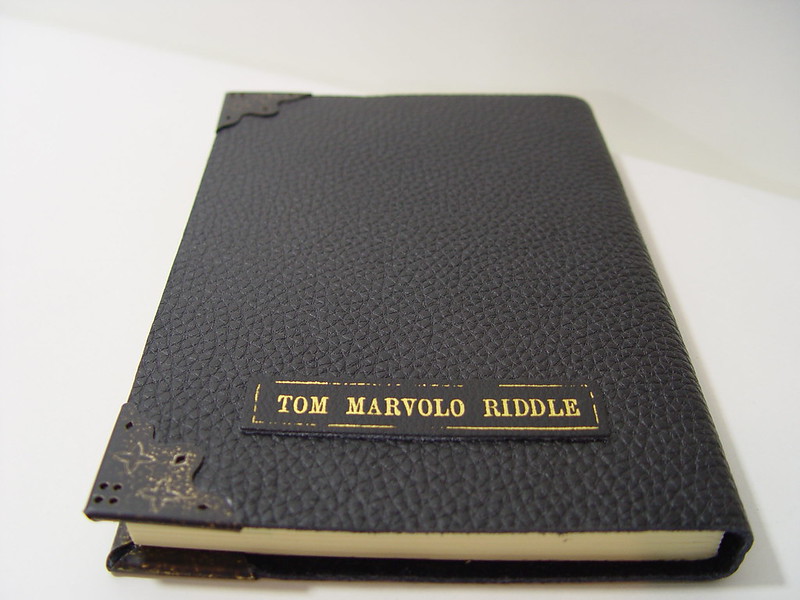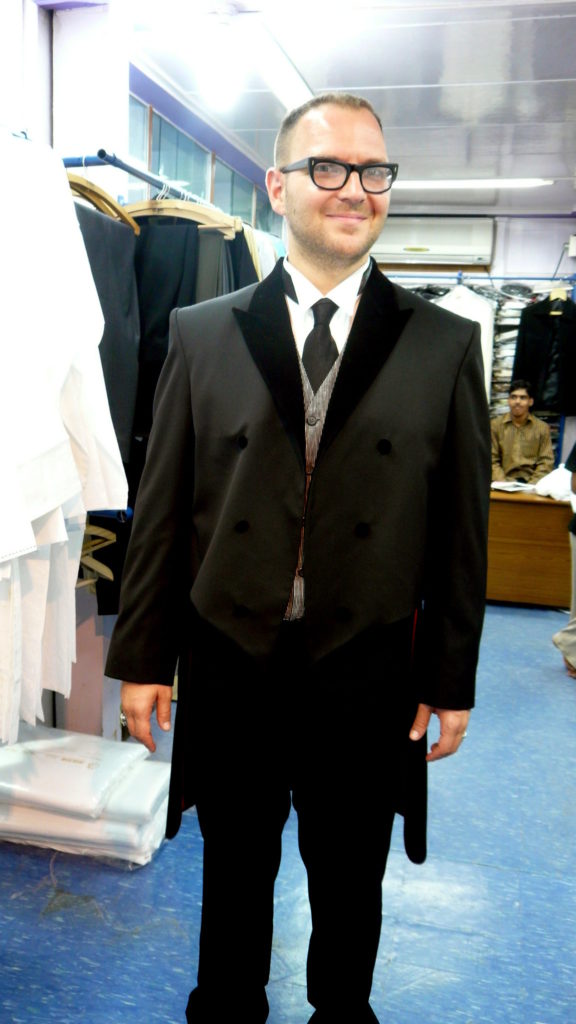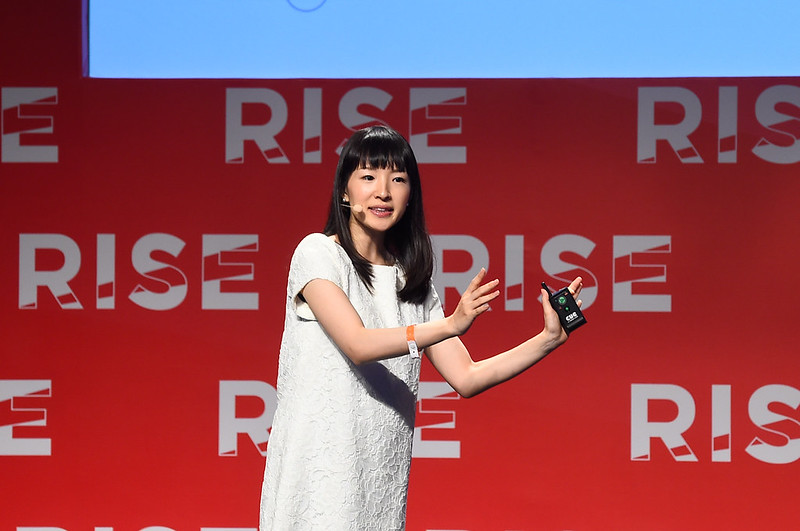Human-centered design is increasingly common, as is thorough thinking about human factors, ergonomics, and usability. All roads leading to better, human-focused products are to be appreciated. However, there is a bit of an issue with design-for-humans in a mass manufacturing paradigm.
Within conventional production and economics, we can make things for only a few sizes in lots of millions. Perhaps, through experimentation and testing, you could design a universal car door handle that works best for everyone, but you probably can’t. You definitely can’t design a tennis racket, chair, skateboard, jacket, or cup that would be best for everyone, since we humans come in many more sizes than mass manufacturing is comfortable with.
Everyone is not best served by five sizes of clothes or three types of golf club. Everyone is being sold a sub-standard product meant to cater to the largest identifiable group of consumers at that price point as inexpensively as possible. Planned months before products are to be shipped and marketed with the magical marketing juice, letting everyone believe that this one thing is best for you. The next MacGuffin will set you free, if you have it you will be happy. The next tchotchke is essential, a reward for your good behavior on this earth, a highly coveted item that you will love and that will love you. Horcruxes abound at the supermarket, online store, and in your mind.

Gallant’s Photography.
But, quietly, secretly, on the inside, we know it’s a shell game. We’re grinding up the world to produce the next illusory bauble. Satiated ever less with our thing-snack, we are then led to crave the next. We’re building our own Skinner’s box with credit. Destroying the planet for a moment of possessing a physical object will be quite the pathetic gravestone achievement for human kind.
Meanwhile, we also build our own Matrix, a head-priming maze of games, lip-pouting influencers, and digital rewards. I cannot for the life of me think what will be worse: a life spent in the pursuit of digital adventures or one Tomb Raiding for stuff. A planet spent on idle pursuits. My favorite statistic is that the average American home has over 300,000 things in it. This means that, if you were to spend a minute Marie Kondo-ing every item in your house, it would take you 208 days to do so, that’s nearly seven months.
Does that spark joy? Rather than fighting the marketing machine, why not use it? Rather than being the harbingers of “no”, we can be the sellers of even cooler stuff. We can disrupt the world of mass manufacturing by selling things with true ergonomics, with true human-centered design. Rather than design for the masses, we can design and make just for you. Everything we can make will be better than any of the stuff you already have. We can make anything special, better, unique, and for you. Anything can be bespoke.
Maybe we can’t manufacture the entire thing, but we can add enough bespoke parts to it to make it completely unique. It is intensely disruptive to be able to look at the entire mass production landscape as a fundamentally unsustainable, economically and otherwise, activity. If we pick out the islands of profitability and snipe them, mass manufacturing’s annihilation will be hastened. We don’t have to make everything, just the stuff from which they generate the most money.

Bespoke tuxedo on Cory Doctorow.
True ergonomics and human-centered design can only be done with very specific designs for small groups of people. And it will only truly work if these designs are then adjusted to fit perfectly the bodies, lives, or tastes of each individual in that group. This is a massively disruptive opportunity for businesses worldwide. Through true design-for-humans, we can eradicate the scourge that is mass manufacturing. We can make the things mass-designed for everyone look and seem boring, stupid, and ill-fitted. We can make the mass manufactured things look wasteful, far too quotidian, and useless. We can therefore provide a solution to the overconsumption of this planet.
Subscribe to Our Email Newsletter
Stay up-to-date on all the latest news from the 3D printing industry and receive information and offers from third party vendors.
Print Services
Upload your 3D Models and get them printed quickly and efficiently.
You May Also Like
Reinventing Reindustrialization: Why NAVWAR Project Manager Spencer Koroly Invented a Made-in-America 3D Printer
It has become virtually impossible to regularly follow additive manufacturing (AM) industry news and not stumble across the term “defense industrial base” (DIB), a concept encompassing all the many diverse...
Inside The Barnes Global Advisors’ Vision for a Stronger AM Ecosystem
As additive manufacturing (AM) continues to revolutionize the industrial landscape, Pittsburgh-based consultancy The Barnes Global Advisors (TBGA) is helping shape what that future looks like. As the largest independent AM...
Ruggedized: How USMC Innovation Officer Matt Pine Navigates 3D Printing in the Military
Disclaimer: Matt Pine’s views are not the views of the Department of Defense nor the U.S. Marine Corps Throughout this decade thus far, the military’s adoption of additive manufacturing (AM)...
U.S. Congress Calls Out 3D Printing in Proposal for Commercial Reserve Manufacturing Network
Last week, the U.S. House of Representatives’ Appropriations Committee moved the FY 2026 defense bill forward to the House floor. Included in the legislation is a $131 million proposal for...


































